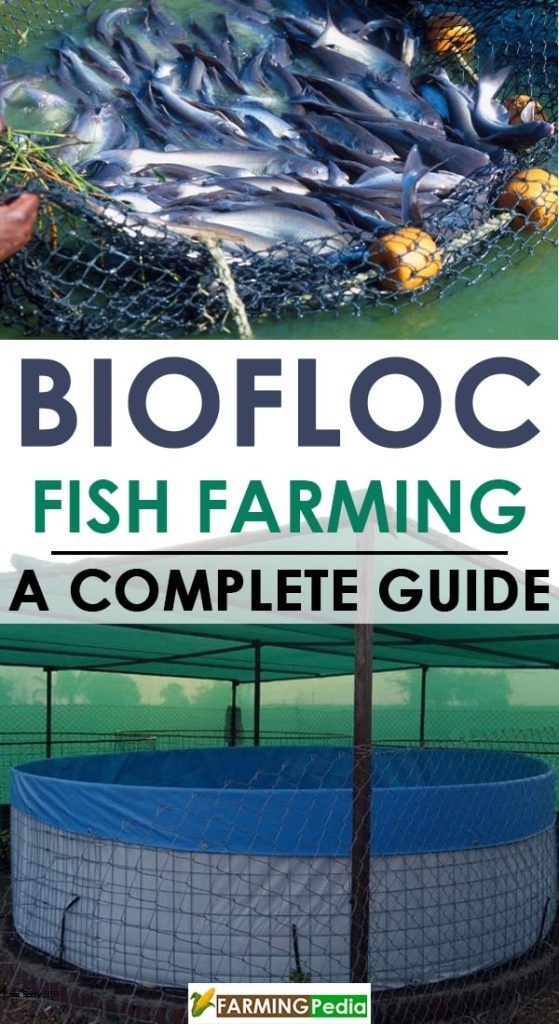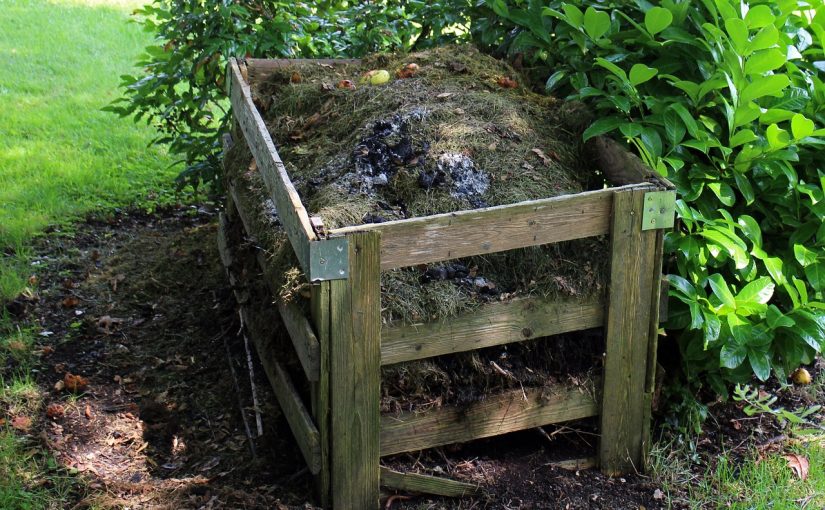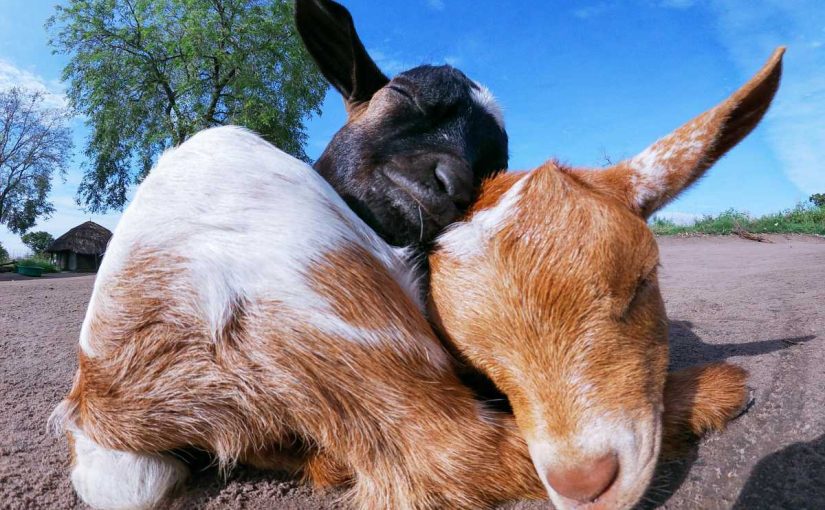Biofloc technology (BFT) is a new organism that is particularly productive in aquaculture and is a potentially innovative way to fish farming. This fish farming method is cost-effective in which hazardous or toxic materials for fish and shellfish are transformed into useful products, i.e., protein feed.
The toxic substances that are converted to produce protein feed are nitrate and ammonia. Biofloc fish farming is the cultivation of Biofloc and it is most productive in the tanks exposed to the sun now, you know, “what is biofloc fish farming?”.
Some must-know benefits of biofloc farming
Among all the benefits of this latest aquafarming method, below are the few to be primarily considered.
• Not only this farming technique is safe; it is also environment-friendly.
• Biofloc technology regulates water quality and harmful pathogens
• Value-added production of microbial protein feed is possible for aquatic farm structure.
• Bioflocfish farming in USA is one of the best techniques to enhance environmental control overproduction.
• This technology ensures zero water exchange.
• The list of benefits also includessurvival rate, the performance of growth, etc.
• It is a cost-effective and efficient technique for aquaculture.
• Plus, the pressure on captured fisheries is also significantly reduced.
Since high-density fish rearing typically requires a particular system for waste management. Primarily, Biofloc is a system that treats waste. Biofloc fish farming material was designed to stop incoming water disease from entering a farm.
In order to do cost-effective production, the use of more intensive types of aquaculture is always beneficial. Especially in the water-scarce areas or where land is costly.
Must Read: Tilapia Fish Farming Information And A Complete A to Z Guide
The flip side of Biofloc technique
• First up, it needs more energy as far as mixing and aeration are concerned.
• Due to the elevation of water respiration rates, the response time is reduced remarkably.
• It also required Alkalinity supplementation
• In the case of sunlight-exposed systems, it gives seasonal as well as inconsistent performance.
• The pollution potential is more if nitrate accumulates in the large amount.
What Is The Need For Biofloc Fish Farming?
The biofloc fish farming materials system was developed to improve environmental control over the development of aquatic animals. The most influential factors in aquaculture are feed costs, and the most limiting factor is water/land supply.
High stocking rates and aquatic animal rearing need wastewater treatment. The biofloc method is a wastewater solution that has acquired significance in aquaculture.
The Theory BehindBiofloc Fish Farming
This technique is based on the assumption that nitrogen cycles are created by maintaining a higher C/N ratio through stimulation and assimilation of nitrogen waste as food for the cultivated species. Not only does biofloc fish farming tank preparation technology treats waste effectively, but it also gives aquatic animals the nutrition that it needs.
Let us tell you that higher C: N is sustained by the introduction of carbohydrate source, also known as molasses, in addition to the improvement of water quality with the high degree microbial protein obtained from single cells.
How Is Biofloc Technology Implemented?
Because of its low dwelling habit and resistance to environmental changes, biofloc technology is widely used in shrimp farming. Studies were conducted to assess shrimp and Nile tilapia larval growth and reproductive efficiency.
In the biofloc system, increased breeding efficiency was observed in shrimps compared to standard crop practices. The improvement in larval growth was also witnessed.
Know The Nutritional Value Of Biofloc Fish Farming
Biofloc is a diverse mixture of suspended particles and a range of extracellular polymer-related microorganisms. Biofloc is made up of bacteria, plants, fungi, invertebrates, and detritus, respectively.
The food that is prepared through the conversion of available feed and excreta into natural food becomes richer in protein when exposed to sunlight—floc is kept together in a mucous matrix which is bacteria-isolated and is attached by filamentous microorganisms. The naked eye can see big flocs, but most are microscopic.
The floc is 50-200 microns in thickness. Biofloc possesses excellent nutritional value. It consists of dry weight protein somewhere between 25 to 50 %, whereas fat is between 0.5-15%. This makes the biofloc a good medium of vitamins and minerals not to mention phosphorus.
Also Read: Goat Farming Guide
Set Up Your Biofloc Fish Farming
The first thing you need to start a biofloc fish farming venture is, of course, some basic knowledge of the same. As the more experienced you are, the higher are the chances of your success. Before you go to buy biofloc fish farming material, first, arrange some space in the backyard to dig a fish pond.
It can be a space in your basement or anywhere—to gather fish in containers. Fish can be grown in tanks and tubs along with the barrels. Once you are done choosing the tub or container, you have to avail of water from a reliable source now. Your local water supply may be a good option. Now get your juvenile fish to the pond or container, and you are good to go.
The above steps are for backyard or indoor fish farming. If you are looking to set up an outdoor fish farm, it is better to take a quick look at the below-listed equipment.
• Fish tanks
• Pumps
• Devices for aeration
• Seine reels or net
• Equipment to test the water
Let’s make biofloc fish farming tank preparation a bit more straightforward.
1. Preparing the water for biofloc farming
Biofloc’s water preparation is most important to start fishing using this method. Anyone who begins a biofloc process or culture must first set up a tank.
Those who are a novice to biofloc, it’s a better idea, to begin with,cement ponds or enclosed tanks where the soil doesn’t influence water conditions or biofloc systems.
Indoor processes have a significant advantage in most tropical countries. Owing to the fact that heavy rainfall affects alkalinity and pH in outdoor structures indoor tank set-up always looks a good idea.
2. Aeration
Once you are done selecting the right pond or tank set-up, it’s time to focus on a set-up for aeration. To maintain high oxygen levels and prevent solids from lodging, all systems need constant movements.
Areas without activity can eventually lose oxygen, becoming anaerobic areas that emit large amounts of ammonia and methane. Each reservoir, tank, or raceway system needs a well-planned aerator configuration to avoid this. Wetlands use paddlewheel aerators.
3.Pre-Seeding Microbes
Pre-seeding is often beneficial if you want the biofloc to improve the growth of bioflocorder and maintain your pond quicker, pre-seeding the farm water is always advisable. Itcan be done by adding several commercial or homemade ingredients to cultural water.
4.Select The Species And Check The Stock Density
Most species will profit from enhanced water quality of biofloc systems while feeding and digesting the biofloc themselves, you want to choose species that better benefit from extra proteins produced. These species are all or partially filter feeders.
That is tilapia and shrimp, these two are perfect candidates for engulfing biofloc, which significantly improves the feeding performance.
Growing Biofloc Farming Trend
A wide range of aquaculture programs and new aquaculture initiatives are being practiced worldwide. Alongside this,it is true about fish farming in USA as well where many companies are operating in aquaculture with particular emphasis on biofloc farming.
With growing fishing technology, aquaculture in the USA is also evolving; hence fish farming is becoming a profitable business. This was not the same earlier when fish were caught only by trial and error method.
A company planning to expand its aquaculture share in the market may get strong economic encouragement for them to be more motivated for producing inputs, notably the most costly (feed) and the most restrictive (water or land).




